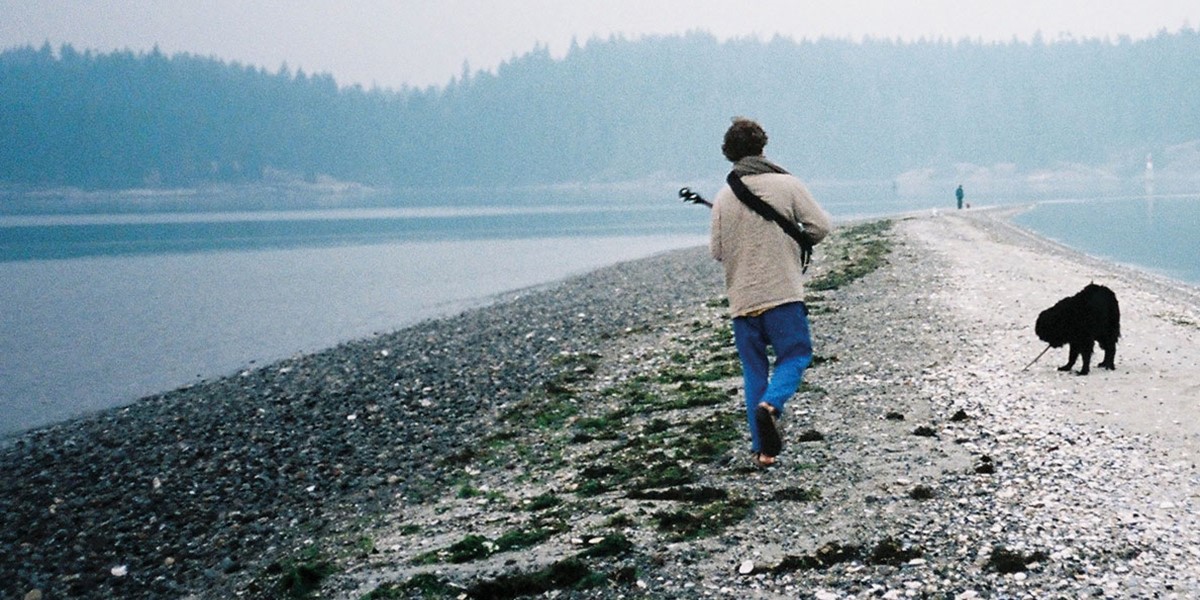Thursday, January 14, 2021
Cosmo Sheldrake: Birdhouse In Your Soul
Jane Cornwell speaks to eco-minded composer, producer and multi-instrumentalist Cosmo Sheldrake, whose interest in endangered species and enigmatic writers inspires works such as his new sophomore set, Wake Up Calls


Register now to continue reading

Thanks for visiting the Songlines website, your guide to an extraordinary world of music and culture. Sign up for a free account now to enjoy:
- Free access to 2 subscriber-only articles and album reviews every month
- Unlimited access to our news and awards pages
- Our regular email newsletters

